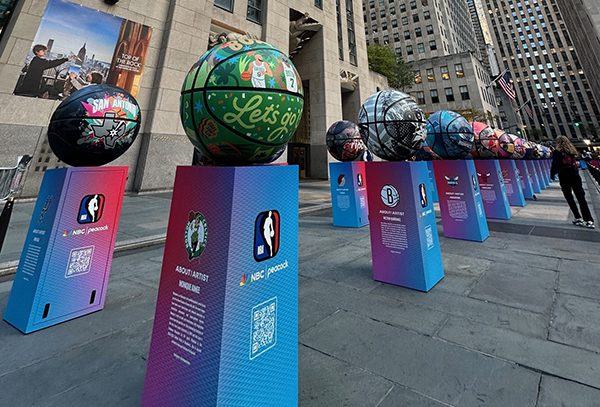Brand advertising and direct response have long been cornerstones of successful marketing programs. Brand drives mind share, differentiate market position and influence consumer perceptions, while direct encourages immediate and measurable consumer interaction, generates leads and produces sales. And now content marketing helps bridge the two, by delivering relevant, value-based content to attract, acquire and engage a target customer, online and offline.
Today’s perpetually connected consumers are impatient. They cherish convenience and expect instant gratification from their most valued brands. And they want to respond direct from their device of preference, be it smartphone, tablet or desktop. Here are six critical factors to consider in the marriage of brand and direct.
1. Break down traditional marketing “ownership” silos. The line between marketing disciplines is blurred. Marketing can no longer afford to take a disconnected, territorial approach to branding, direct response, advertising, PR and communications. Overcoming this institutional hurdle must come from the C-Suite like any other business process improvements. It’s time for marketing fiefdoms to enter into a partnership that’s working toward a unified, consumer-driven marketing goal. Until it happens, it’s your biggest challenge going forward.
2. Negotiate an integrated tactical approach. The pace of change – CRM technology, personalized segmentation and product commodization – demands an integrated approach to achieve integrated goals. If marketing has to deliver sales and sales need to produce profitable revenue (and both need to be as efficient as possible) it takes organizational alignment…budgets, priorities, responsibilities and implementation. It’s your first and most important step in orchestrating a successful direct-to-consumer marketing effort.
3. Leverage data, analytics and consumer insights. Data is a marketer’s most important currency. It’s the ability to understand the whole consumer. And, it allows you to translate real-time data into actionable insights linking brand and direct marketing to create meaningful customer connections. For example, in the social landscape you must consider who is expressing interest in your brand (reach) and what’s their level of interaction (engagement). It’s why CMOs and CIOs are joined at the hip creating an enterprise data management investment strategy – volume (quantity), velocity (real time) and variety (unstructured). Big data only has value when you can do something useful with it.
4. Execute across channels: digital, offline, mobile, social and retail. Reaching out to today’s always-on, uber-social consumer has to be on their terms, at their moment of need. It also means making sure there’s a seamless, multi-channel selling experience to synchronize with consumers’ fragmented path to purchase. As consumers become more empowered through social and mobile resources they’re also becoming much more confident in their decisions, especially what and how they respond. Consumers are in control of what your brand stands for and what value they perceive it brings. It’s up to your ability to balance brand and direct to optimize those opportunities of maximum influence.
5. Build the creative process around content. Content is marketing’s best opportunity for creativity. It’s the fuel that drives response and powers brand. For content to truly engage a customer it must be useful and relevant. It should be informed by consumer insights and answer a series of consumer value-based questions: who are you, what do you offer, how do you deliver it, why is it right for me and why are you my best choice. When done well it’s delivered in a way that is consistent and resonates at the core of your buyers’ needs. Relevant content earns your brand permission to sell and rewards you with more customers.
6. Extend across customer lifecycle: acquisition to activation to retention. For many companies the customer lifecycle is treated as series of disconnected events or fragmented interactions. More times than not marketing is disengaged after the awareness and acquisition phases. Future success will be defined by enabling a cross-functional, coordinated approach to customer touch-points that are more personalized, reinforce brand in an “after-sale sale” and leverage proven principles of direct marketing to realize 360° customer engagement. Brand acts as the catalyst while direct response drives action.
Marketing today is a three-way convergence: brand messaging (a unique point of distinction that commands preference and shifts demand), direct response (insight-based, metric-driven call-to-action), and content marketing (engage consumers in an evocative, relevant dialogue). And it’s all intimately tied to growth and margin.
Direct response can continue to stand alone to generate leads, and brand advertising can continue down a path of building broad-based awareness. However, package the two in a content marketing wrapper and you’ll turn more prospects into customers by having a more engaged, one-on-one relationship across the customer lifecycle. All communications directly impact brand, so make sure all communications have brand direct impact.
Lindsay Resnick is chief marketing officer of KBM Group: Health Services.



